Daniel Racek
The Politics of Language Choice: How the Russian-Ukrainian War Influences Ukrainians' Language Use on Twitter
May 04, 2023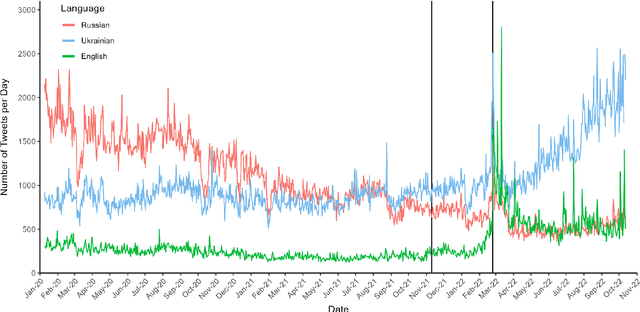
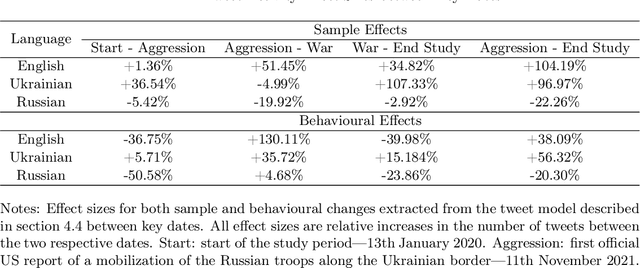
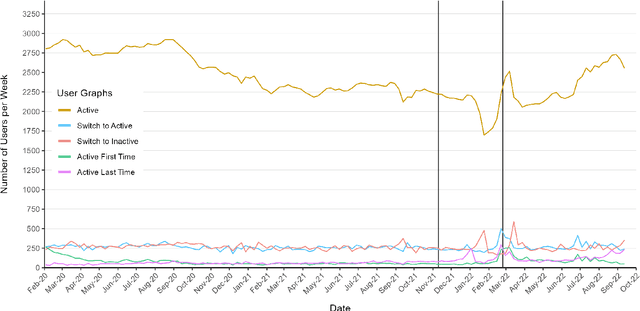
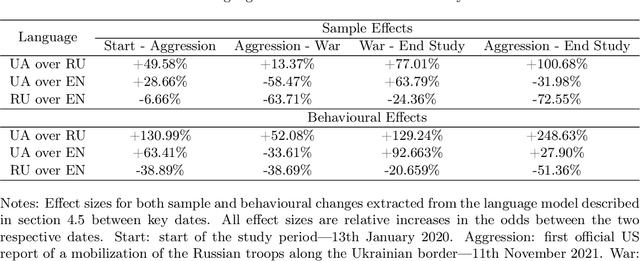
Abstract:The use of language is innately political and often a vehicle of cultural identity as well as the basis for nation building. Here, we examine language choice and tweeting activity of Ukrainian citizens based on more than 4 million geo-tagged tweets from over 62,000 users before and during the Russian-Ukrainian War, from January 2020 to October 2022. Using statistical models, we disentangle sample effects, arising from the in- and outflux of users on Twitter, from behavioural effects, arising from behavioural changes of the users. We observe a steady shift from the Russian language towards the Ukrainian language already before the war, which drastically speeds up with its outbreak. We attribute these shifts in large part to users' behavioural changes. Notably, we find that many Russian-tweeting users perform a hard-switch to Ukrainian as a result of the war.
Factorized Structured Regression for Large-Scale Varying Coefficient Models
May 25, 2022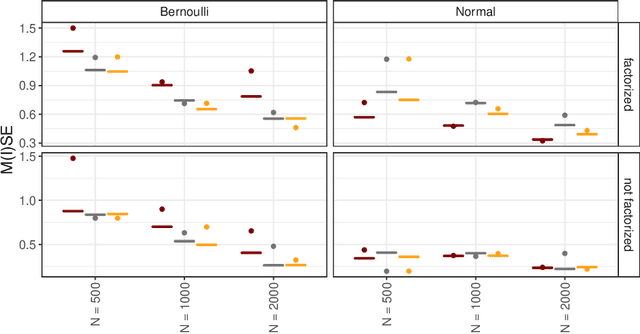

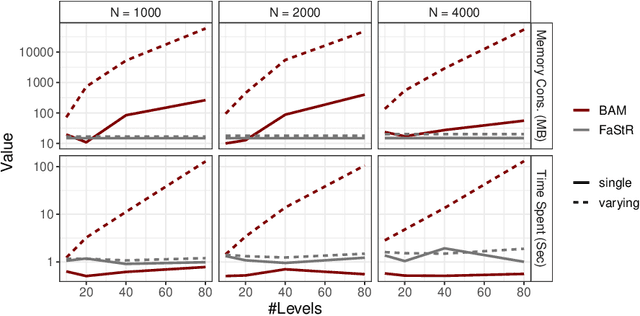
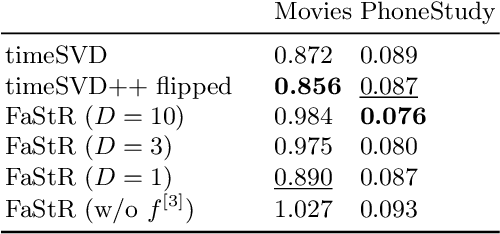
Abstract:Recommender Systems (RS) pervade many aspects of our everyday digital life. Proposed to work at scale, state-of-the-art RS allow the modeling of thousands of interactions and facilitate highly individualized recommendations. Conceptually, many RS can be viewed as instances of statistical regression models that incorporate complex feature effects and potentially non-Gaussian outcomes. Such structured regression models, including time-aware varying coefficients models, are, however, limited in their applicability to categorical effects and inclusion of a large number of interactions. Here, we propose Factorized Structured Regression (FaStR) for scalable varying coefficient models. FaStR overcomes limitations of general regression models for large-scale data by combining structured additive regression and factorization approaches in a neural network-based model implementation. This fusion provides a scalable framework for the estimation of statistical models in previously infeasible data settings. Empirical results confirm that the estimation of varying coefficients of our approach is on par with state-of-the-art regression techniques, while scaling notably better and also being competitive with other time-aware RS in terms of prediction performance. We illustrate FaStR's performance and interpretability on a large-scale behavioral study with smartphone user data.
 Add to Chrome
Add to Chrome Add to Firefox
Add to Firefox Add to Edge
Add to Edge